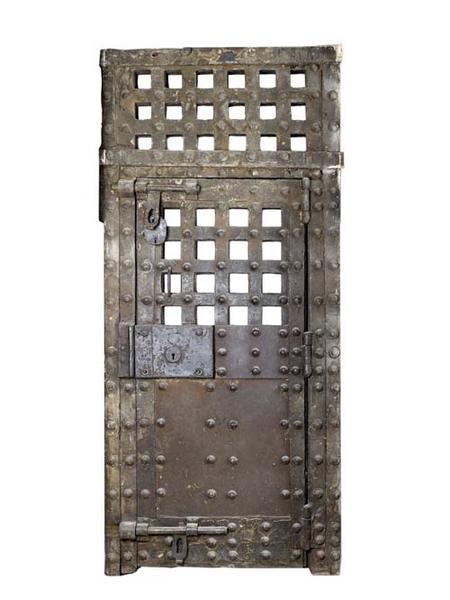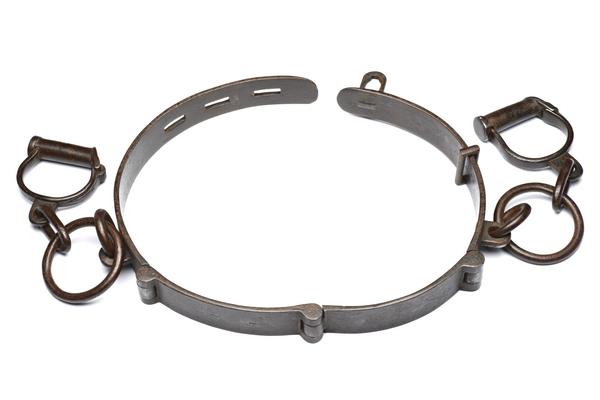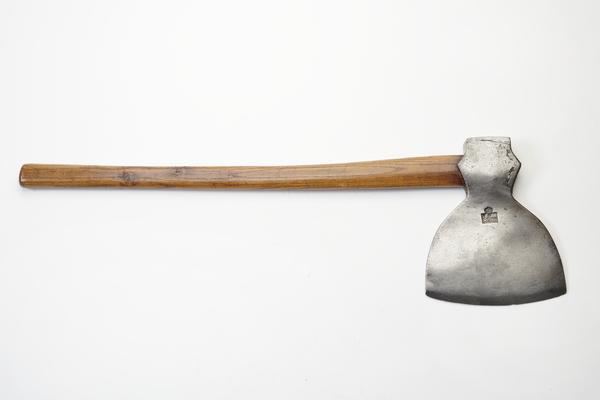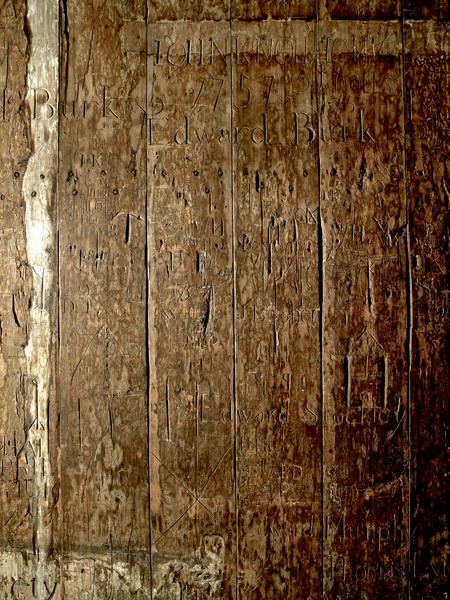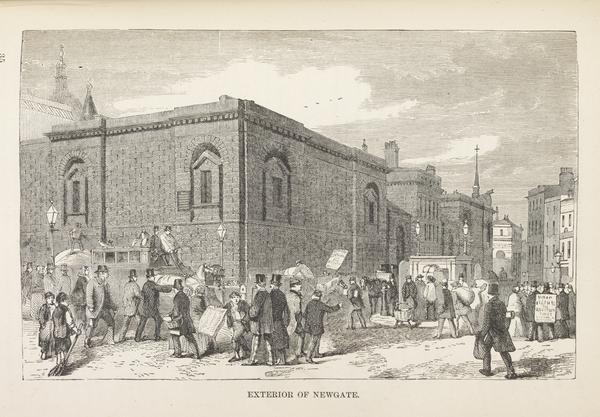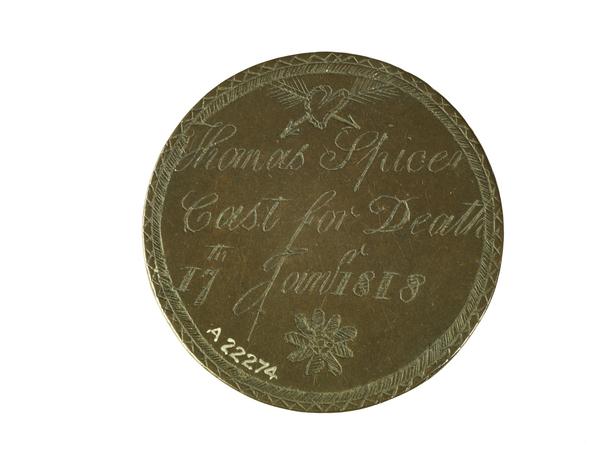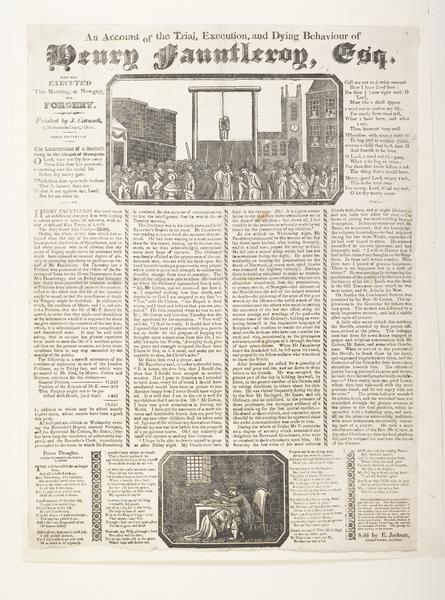The history of London's Newgate Prison
Filthy, disease-ridden and dangerously overcrowded, Newgate Prison was one of the most widely feared institutions in London’s history.
City of London
1188–1904
700 years of despair, desperation and death
From 1188 to 1904, London residents lived under the intimidating presence of Newgate Prison. It was the main prison of the City of London and the county of Middlesex. And it was the first jail to receive prisoners from other parts of the country. Some of the most high-profile criminals and murderers were locked up there.
Inmates at Newgate lived in appalling and cruel conditions. Many were also held there before their execution. The prison was so notorious that it even influenced the writing of Charles Dickens, appearing in novels like Oliver Twist and Great Expectations.
Where was Newgate Prison?
Newgate Prison stood just inside the City of London at the site of one of the gates in the old Roman Wall. Over the 700 or so years it was open, it was expanded, developed and even rebuilt four times.
When the Great Fire of London ripped through the city in 1666, for example, the prison was badly damaged in its wake. It was damaged again by the anti-Catholic Gordon Riots in 1780. Lord George Gordon, who the riots were named after, was imprisoned at Newgate afterwards.
“being charged with a crime like theft could lead to your execution”
What crimes would send you to Newgate – and to your death?
All kinds of criminals were sent to Newgate Prison. Murderers mixed in with pickpockets, forgers and religious reformers. And even being charged with a crime like theft could lead to your execution.
Prisoners were often held at Newgate before being sent to one of the city’s public execution sites, such as Tyburn by Hyde Park or Execution Dock in Wapping. In 1783, the Tyburn gallows were moved to the space outside the prison’s debtor’s door. On Monday mornings, the public could assemble to watch men and women hanged.

An execution outside Newgate Prison.
Public executions were abolished in 1868, but they continued within the privacy of the prison. By then at least 1,130 people had been executed on that spot.
Who was imprisoned in Newgate?
Many notable historical figures were imprisoned in Newgate. Captain William Kidd was locked up there on charges of murder and piracy. Daniel Defoe, author of the novel Robinson Crusoe, was also sent there after publishing a particularly sharp political satire. Even Oscar Wilde spent a short time behind its bars before being moved to nearby Pentonville Prison.
Newgate was also the making of some celebrities. One of them was the 18th-century thief Jack Sheppard, who escaped from the building not once but twice. His escapades turned him into a folk hero.
“unhappy beings immured in its dismal cells”
Charles Dickens, 1836
What was life inside like?
Life inside Newgate was just as harsh and frightening as the building looked from the outside. It was notoriously overcrowded and housed not just people but also lice, vermin and disease. Dickens visited the prison in 1836 and wrote with concern about “the unhappy beings immured in its dismal cells”.
The wealthy could pay to spend their sentence in a separate and more comfortable part of the prison. But if you were poor? You lived on top of one another in an appalling common area. Witnessing this in 1813, prison reformer Elizabeth Fry was compelled to begin campaigning for the better treatment of incarcerated women and children.
Where is Newgate Prison now?
The prison closed in 1902 and was demolished in 1904, making way for the new Central Criminal Court (known as the Old Bailey). You can see the only surviving wall around the back of the nearby Amen Court today.



